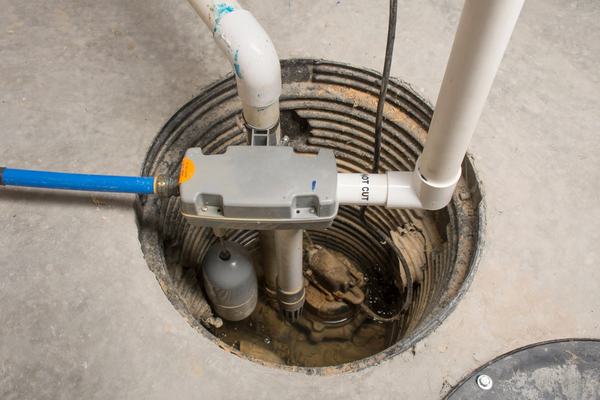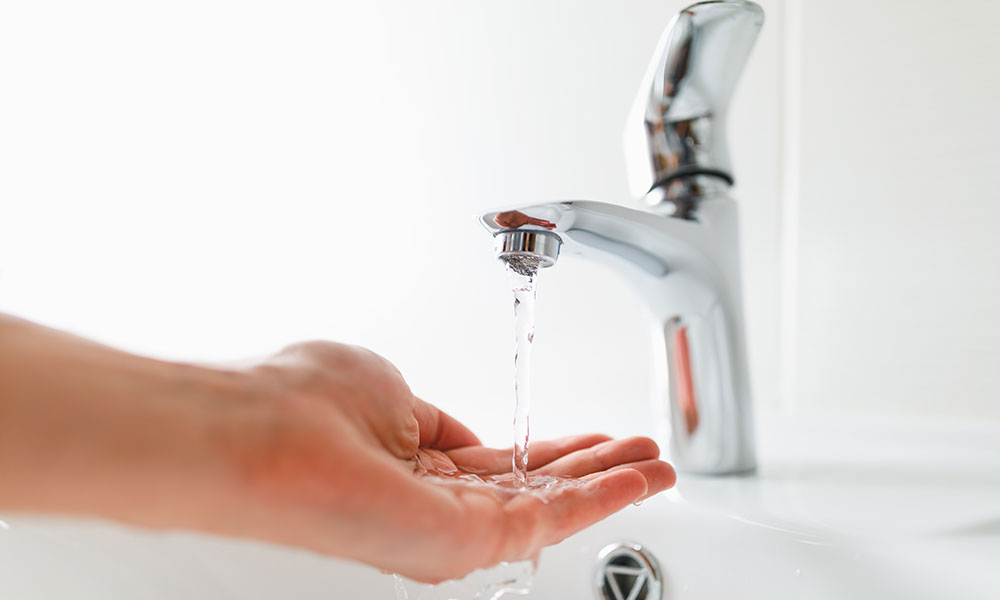Swift Remedies for Low Water Pressure in Your Home
Swift Remedies for Low Water Pressure in Your Home
Blog Article
Do you find yourself trying to find help concerning Low Water Pressure in the House??

Low tide stress in your home can be a discouraging problem, impacting everything from bathing to washing dishes. If you're experiencing weak water flow, there are a number of feasible causes and remedies to explore. In this overview, we'll talk about usual reasons for low tide pressure and useful actions to address the issue effectively.
Introduction to Low Tide Pressure
Low water stress takes place when the flow of water from your faucets, showers, and other fixtures is weaker than usual. This can make day-to-day tasks more tough and much less effective. Comprehending the sources of low tide pressure is crucial to locating the right option.
Typical Sources Of Low Water Pressure
Pipe Obstructions
Over time, pipelines can come to be blocked with natural resource, debris, or debris, restricting the circulation of water. This is a common concern in older homes with galvanized steel pipelines.
Deterioration
Rust within pipes can bring about leaks and decreased water stress. Corrosion build-up can constrict water circulation, especially in aging plumbing systems.
Faulty Stress Regulators
Stress regulators are responsible for preserving consistent water pressure in your home. If they malfunction, it can result in low tide pressure or unequal circulation throughout your house.
Municipal Water Issues
In some cases, the trouble exists outside your home. Community supply of water issues, such as main line leaks or upkeep work, can momentarily decrease water pressure in your location.
Just How to Identify Low Water Pressure
Inspecting Faucets and Fixtures
Beginning by examining the water stress at various faucets and fixtures throughout your home. If the problem is separated to details areas, it might indicate local troubles.
Inspecting Pipes
Examine visible pipes for indications of leakages, deterioration, or clogs. Take note of any type of uncommon noises, such as knocking or rattling pipelines, which can suggest problems within the plumbing system.
Consulting with a Plumber
If you're not able to identify the root cause of low water stress, take into consideration employing a specialist plumber to carry out a thorough assessment. They can identify underlying concerns and suggest appropriate remedies.
DIY Solutions to Fix Low Tide Pressure
Cleaning Aerators and Showerheads
Natural resources can gather in aerators and showerheads, lowering water flow. Remove and clean up these components on a regular basis to improve water pressure.
Flushing Water Heater
Sediment accumulation in the water heater can restrict flow and decrease effectiveness. Purging the storage tank occasionally aids eliminate debris and keep optimal efficiency.
Inspecting Stress Regulator
Make sure that the stress regulatory authority is working properly. Changing or changing the regulator can help recover appropriate water pressure throughout your home.
Cleaning Clogs in Pipeline
For small blockages, attempt using a plumbing snake or chemical drain cleaner to clear blockages in pipes. Be cautious when utilizing chemicals and comply with security guidelines.
When to Call a Specialist Plumber
If DIY initiatives fail to deal with the issue or if you presume significant plumbing issues, it's ideal to look for support from a certified plumber. They have the competence and tools to deal with intricate concerns securely and efficiently.
Safety Nets to Preserve Water Stress
Routine Maintenance
Arrange regular upkeep for your plumbing system to avoid issues such as rust, leaks, and blockages. Dealing with small issues early can aid avoid even more significant repair work later.
Setting Up a Pressure Booster
Think about installing a pressure booster pump to improve water pressure in locations with consistently low flow. This can be especially advantageous for multi-story homes or buildings with high-demand components.
Surveillance Water Usage
Bear in mind water use behaviors and prevent overtaxing the plumbing system. Simple modifications, such as astonishing showers and washing tons, can help maintain adequate water stress.
Final thought
Handling low tide pressure can be discouraging, yet recognizing the underlying reasons and applying proper options can restore optimum circulation throughout your home. Whether it's cleaning up aerators, checking pipelines, or talking to a plumber, taking proactive steps can make certain a consistent supply of water for your day-to-day demands.
FOUR WAYS TO FIX LOW WATER PRESSURE NOW
Turning on a shower or faucet only to find the water comes out in a sad, slow drizzle is never a good feeling. How exactly are you supposed to wash a pan or take a quick shower when it takes 10 minutes just to rinse off a little soap? The good news is that when your water pressure is bad, there's always a cause: typically one that can be easily fixed. Here are some of the most common causes of low pressure and what you can do to fix the issue:
DEBRIS AND MINERAL DEPOSIT BUILDUPS
If you notice low water pressure from just one or two of the fixtures in your house, the problem likely has to do with debris buildup. Water is full of minerals and other debris, all of which can accumulate in your pipes and on your fixtures. This can cause a blockage that affects how much water flows through. To fix this, try filling a small plastic bag with white vinegar, and use a rubber band to hang it around your showerhead or faucet. Let the head of the fixture soak for a few hours, and the vinegar should loosen the deposits.
WATER LEAKS
Leaks are another common cause of low water pressure. If water is flowing out of your plumbing through a hole or crack before it can reach your fixture, the pressure coming out of the faucet or showerhead will be lower. A plumbing professional is your best bet for finding and repairing a leak in your water supply pipes.
Leaks are another common cause of low water pressure. If water is flowing out of your plumbing through a hole or crack before it can reach your fixture, the pressure coming out of the faucet or showerhead will be lower. A plumbing professional is your best bet for finding and repairing a leak in your water supply pipes.
FOUR WAYS TO FIX LOW WATER PRESSURE NOW
Turning on a shower or faucet only to find the water comes out in a sad, slow drizzle is never a good feeling. How exactly are you supposed to wash a pan or take a quick shower when it takes 10 minutes just to rinse off a little soap? The good news is that when your water pressure is bad, there's always a cause: typically one that can be easily fixed. Here are some of the most common causes of low pressure and what you can do to fix the issue:
DEBRIS AND MINERAL DEPOSIT BUILDUPS
If you notice low water pressure from just one or two of the fixtures in your house, the problem likely has to do with debris buildup. Water is full of minerals and other debris, all of which can accumulate in your pipes and on your fixtures. This can cause a blockage that affects how much water flows through. To fix this, try filling a small plastic bag with white vinegar, and use a rubber band to hang it around your showerhead or faucet. Let the head of the fixture soak for a few hours, and the vinegar should loosen the deposits.
WATER LEAKS
Leaks are another common cause of low water pressure. If water is flowing out of your plumbing through a hole or crack before it can reach your fixture, the pressure coming out of the faucet or showerhead will be lower. A plumbing professional is your best bet for finding and repairing a leak in your water supply pipes.
Leaks are another common cause of low water pressure. If water is flowing out of your plumbing through a hole or crack before it can reach your fixture, the pressure coming out of the faucet or showerhead will be lower. A plumbing professional is your best bet for finding and repairing a leak in your water supply pipes.
A VALVE ISSUE
If you have low water pressure throughout your home, check your main shut-off valve to make sure it's completely open. You may also want to see if there's a pressure-reducing valve installed. If there is, have a plumber help you adjust the settings to get the pressure you're looking for.
OTHERS USING WATER
Believe it or not, your low water pressure could be caused by your neighbors. If you notice low pressure at certain times of day, it may be because you and the people living next to you have similar schedules - when everyone is showering at the same time, the pressure will be lower in every home. Low pressure throughout the neighborhood may also be caused by an issue with your municipal water supply. If that's the case, call the supplier to see if they're working on the issue.
https://www.rotorooter.com/blog/water-leaking/low-water-pressure-fixes/

We had been shown that report on Low Water Pressure in the House? through someone on another blog. So long as you enjoyed reading our page plz remember to share it. Thank you so much for going through it.
Detail Report this page